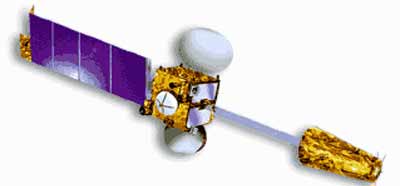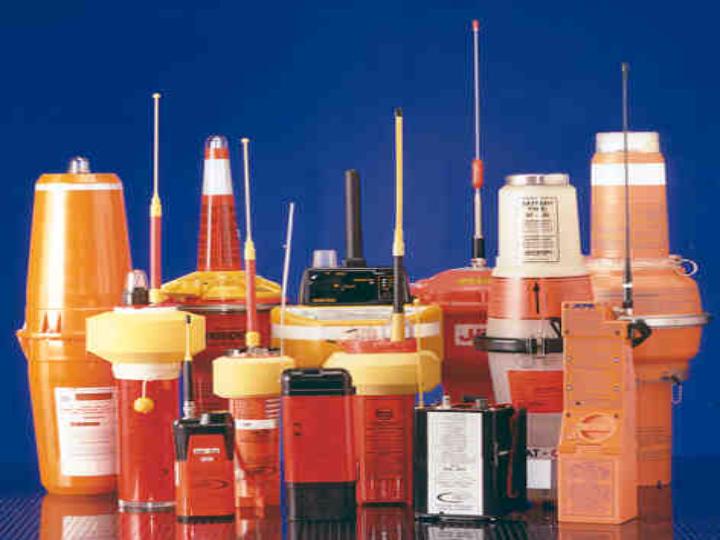
Why have a satellite with just one mission when it can have three! That was the conclusion of the Indian Space Research Organization (ISRO) in the 1970s when they designed the Indian National Satellite, or INSAT, series of satellites with a combination of Earth observation, communication, and television broadcasting functions from geostationary orbit. The first series of satellites, four in total, were built and launched by the U.S., though they were designed with a lot of Indian input. Two of them, INSAT-1A and -1C, were lost within a year of launch, while INSAT-1D worked for twelve years.
The second generation, the subject of today’s This Week In Rocket History, were all launched on Ariane 4 rockets but designed and built in India by ISRO. INSAT-2E, the fourth and last of this second generation, was launched on April 2, 1999, aboard an Ariane 4 from ELA-2 at the Guiana Space Centre in French Guiana. At launch, it weighed a hair over 2.5 metric tons, burning just over half of that to raise itself into geostationary orbit.
INSAT-2E had two scientific instruments – a Very High-Resolution Radiometer (VHRR) and a CCD camera. The VHRR operated in several spectral bands — visible and thermal infrared. It also operated in several modes, one of which could scan the entire Earth plus some area around it in a half-hour, between 50 degrees north and 40 degrees south, in 23 minutes, and anywhere along a north-south line in just over seven minutes. The CCD camera worked in visible, near-infrared, and short infrared bands with a one-kilometer resolution.

In addition, it had a Satellite Search and Rescue beacon and a Data Collection System used to relay data from different weather stations around the country to a central location for analysis. The Cospas-Sarsat system is an international system of about fifty satellites that provides search and rescue beacon detection anywhere on Earth with distress alerts detected, located, and forwarded to over 200 countries that participate in the program, at no cost to the beacon owners or the receiving government agencies. There are different types of beacons for people, ships, and planes, all of which operate on a frequency of 406 megahertz. The different beacons can also be activated in different ways, from shock to immersion in water, to the user pressing a button.
INSAT 2E’s communications payload had seventeen C-band transponders, powered by a single solar panel providing 2.5 kilowatts of power. Although the scientific instrument, the VHRR, failed in 1999, the satellite continued to work for the remainder of its thirteen years of operation as a communications satellite, along with the camera, before being turned off in 2012.
The failed VHRR on INSAT-2E was replaced in 2002 by a new satellite, METSAT, which was later renamed Kalpana-1 after the Indian-born American astronaut Dr. Kalpana Chawla who lost her life in the Columbia disaster in 2003. METSAT/Kalpana-1 was also the first Indian satellite launched to geostationary orbit on an Indian rocket, a PSLV. The PSLV was the first Indian rocket capable of putting a large payload into a geostationary transfer orbit.
More Information
INSAT-2E info page (ISRO)
INSAT-2 info page (eoPortal)
What is a Cospas-Sarsat Beacon? (Cospas-Sarsat)
INSAT-2E completes 13 years in orbit (First Post)




 Join the Crew!
Join the Crew!
 Escape Velocity Space News
Escape Velocity Space News
0 Comments